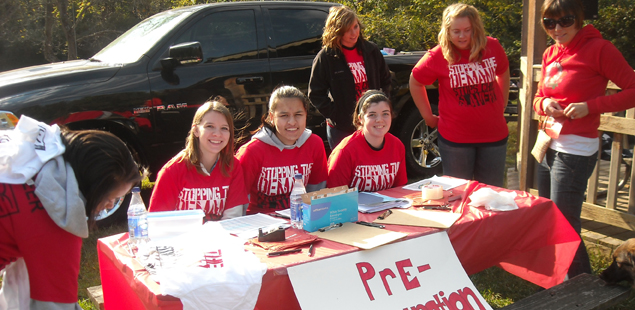Human Rights Program Documents
Social Violence: The Role of Gun Culture
The document available for download following a required embargo period is the author's accepted manuscript of Chapter 4, provided with the permission of the publisher and the author. Permission documentation is on file.
To read the full volume, visit an academic library or purchase the book.
Abstract
The roots of violence are many because they sprout from diverse sources. Often the sources interact and confound to make violence a complex societal phenomenon. In the context of this chapter, violence is defined as intents and/or acts of doing harm to an individual or a group of people. Violence is thus a very broad term and encompasses numerous social and political grievances. The sources of violence can be broadly classified as natural, social, political, commercial, and technological. The classification of the sources, their respective roots, and associated impacts are presented in Table 4.1. Each of the sources of violence possesses its own traits, social impacts, and long term consequences. Except for the natural source, all other sources originate from human activity. Therefore, their elimination also depends upon human action and resolve. The differentiation among various forms of violence created by humans can be often murky. In fact, a certain class of violence can feed into other to distort its traits and character. A few business practices (commercial violence) can lead to income inequality and social stratification (social violence). Justification of social justice by certain political actions (“set-asides” and “equal opportunity”) and propagating political and religious goals using digital tools and methods by terrorist groups are other noteworthy examples. In the context of the classification, it would be appropriate to refer to Gandhi’s vision on diffusion of societal functions and activities: “I claim that human mind or human society is not divided into water tight compartments called social, political and religious. All act and react upon one another” (Attenborough 1982). The proposed classification of violence is not very far from Gandhi’s vision of social discourse and it does not imply rigid boundaries among the five forms resulting from human activity. Thus the forms of violence are not mutually exclusive. However, a delineation of the source of violence is an exercise of paramount importance for developing an effective set of solutions and social policies for its rectification.



